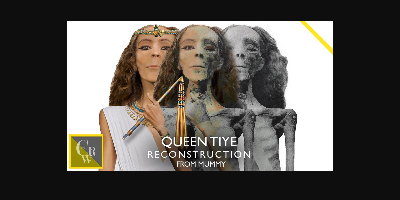12 janv. 1370 av. J.-C. - Sculptor Bek
Description:
A pioneer of Amarna naturalismAs Akhenaten's chief sculptor, Bek played a pivotal role in developing this new artistic style, and his work directly reflects the pharaoh's influence.
Taught by the pharaoh: A stele depicting Bek and his wife, Taheret, includes an inscription stating that Bek was "the apprentice whom His Majesty taught," suggesting Akhenaten was personally involved in guiding his work.
Contrasting styles: A stela found in Aswan juxtaposes the art of two generations. One side depicts Bek's father, Men, working for Amenhotep III in the traditional style, while the other shows Bek working for Akhenaten in the new Amarna style.
Early self-portrait: The stele of Bek and his wife is considered one of history's first possible self-portraits, capturing his personal life and professional prestige.
Sculptor Thutmose: The next generation
Bek was succeeded as the chief royal sculptor by Thutmose, who oversaw a workshop that created some of Amarna's most enduring art.
Discovering the workshop: In 1912, a German archaeological team discovered Thutmose's ruined house and studio in Amarna. The site was identified by an inscribed horse blinker bearing his name and title.
Famous masterpieces: The workshop contained numerous artifacts, including the world-famous painted limestone bust of Queen Nefertiti.
Portrait studies: Archaeologists also found a collection of plaster casts of faces, which were likely used as models for producing sculptures of the royal family and other city residents. These show the diversity of the "Amarna style" in practice, from refined beauty to caricature.
Amarna naturalism's legacy
The Amarna style's unusual mix of naturalism and mannerism was a radical, though short-lived, artistic experiment. After Akhenaten's reign, his successors—including Tutankhamun—returned to Egypt's traditional religious beliefs and artistic conventions. However, the Amarna period and its chief sculptors, Bek and Thutmose, left a significant legacy as a singular and dynamic interlude in the long history of ancient Egyptian art.
Ajouté au bande de temps:
Date:
12 janv. 1370 av. J.-C.
Maintenaint
~ Il y a 3398 ans
